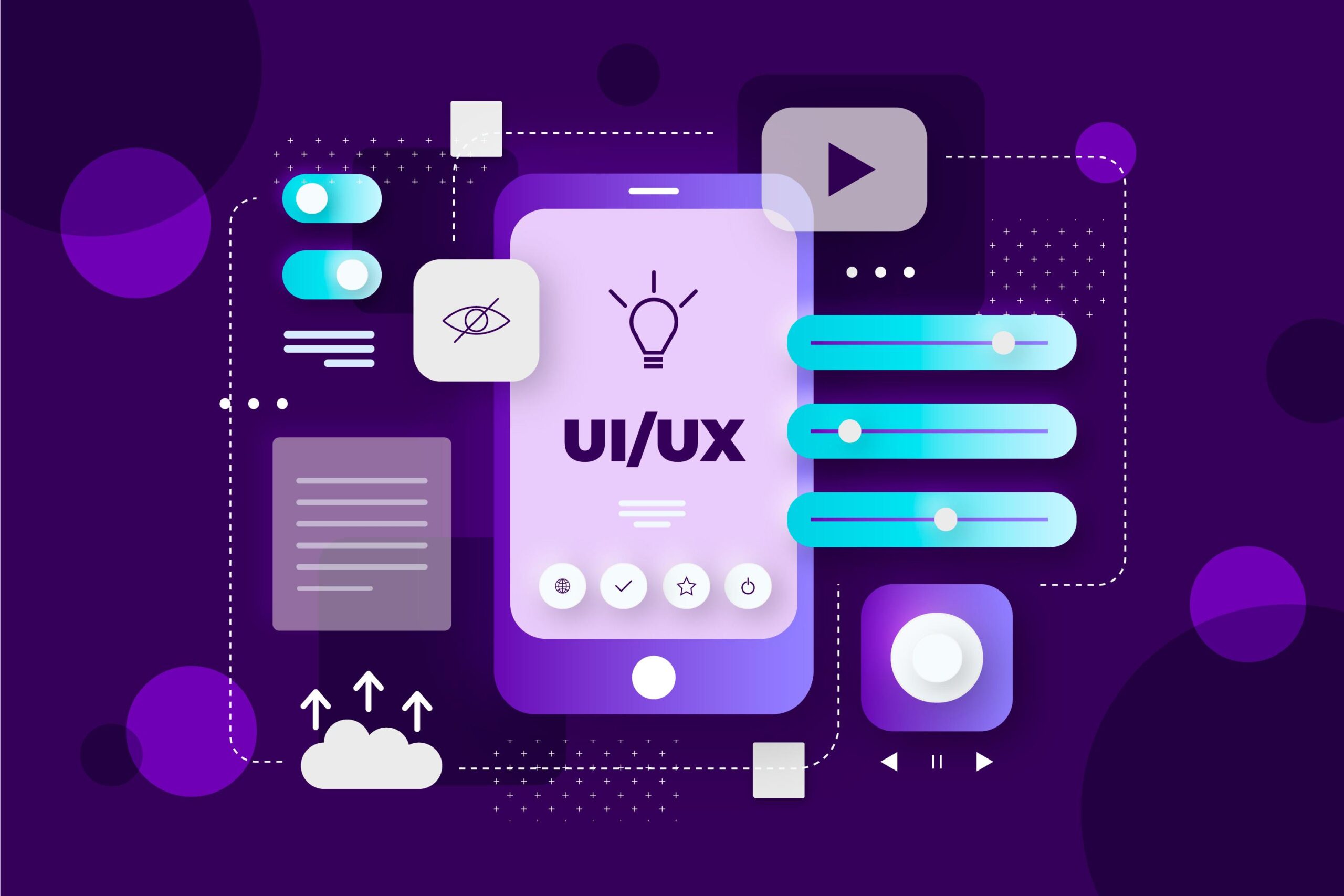

Let me start by being brutally honest: If you just wrapped up a shiny new UI design last week, chances are it’ll feel outdated before July next year. Welcome to 2026 — where everyone is back to obsessing over microinteractions, and AI has moved from buzzword to boss.
Now, this post isn’t just another trend dump filled with glassmorphism and pastel gradients. And no, it’s not a glorified Pinterest board either. I’ve put together real, actionable trends that are shaping the future of design — not just for dribbble likes, but for actual product impact.
1. AI-First Design Isn’t Optional Anymore
We’ve all heard this before. AI is coming. AI will assist. Blah blah.
But 2026 is the year it stops assisting and starts co-designing. Tools like Galileo, Uizard, and whatever Figma bought last week aren’t spitting out drunk layouts anymore. They’re pushing usable, beautiful designs faster than any junior designer can.
Here’s what’s changed:
- Prompts like “Make this UI Gen Z friendly but still clean” now produce working flows.
- AI handles structure while we focus on intent, personality, and refinement.
- Designers are being evaluated on their prompting skills, not just pixel perfection.
🔧 Pro Tip: Treat AI like your intern. Guide it, correct it, and don’t blindly ship what it spits out. It’s fast, but not always right.
2. Zero UI = Maximum Design
Designing screens is so… last year.
Welcome to Zero UI — where interactions happen through voice, gestures, presence, or even thought. Seriously. Some early VR experiments are letting you design using neural intent (we’re halfway to X-Men).
Examples already in the wild:
- Your fridge auto-orders milk before you realize it’s low.
- Your car adjusts everything the moment it sees your face.
- Smart homes now whisper what you need, before you say it.
🎯 Pro Tip: Don’t just design for screens — design for reactions, triggers, and real-world behaviors. Think in terms of experiences, not interfaces.
3. Hyper-Personalization (Without Being Creepy)
Users don’t want a generic app anymore. They want something that feels like it was built just for them — but they also don’t want to feel stalked.
2026 personalization playbook:
- UI shifts based on time, mental load, or context.
- Onboarding adapts based on your skill level and past behavior.
- Settings allow you to choose how deep the personalization goes.
🧠 Pro Tip: Give users the freedom to personalize, but don’t force them into it. Smart defaults win hearts. Transparency builds trust.
4. Scroll is Dead. Long Live Scroll.
Infinite scroll? Seen it. Parallax? Overused. Now we’re in the scroll storytelling era.
Scroll isn’t just motion — it’s narrative.
How it’s evolving:
- Scroll activates subtle transitions and feedback loops.
- Speed-based changes adapt UI on the fly.
- Scroll no longer dumps info — it guides journeys.
📱 Pro Tip: Test scroll behavior across devices. What feels smooth on an iMac might crash and burn on a ₹9,000 Android.
5. Voice Interfaces Aren’t Dumb Anymore
Remember yelling at Alexa five times just to turn on the fan?
Not anymore. Voice UI in 2026 is finally usable, thanks to serious NLP upgrades.
Where it shines:
- Cooking? You control apps by voice with greasy hands.
- Driving? Your dashboard is now a co-pilot.
- Parenting? Voice flows let you multitask like a pro.
🎤 Pro Tip: Don’t make your app a talkative clown. Voice UI should be efficient, not noisy. And always include a mute option.
6. Designing for Neurodiversity Is No Longer Optional
Accessibility isn’t just about color contrast and screen readers. It’s about cognitive design now.
Neuro-inclusive design includes:
- Focus-friendly layouts for ADHD users.
- Minimalist modes that reduce visual chaos.
- Motion toggles for users sensitive to animation.
🧩 Pro Tip: Don’t just create “accessible versions.” Make inclusivity part of your core design thinking. Test with real users. Always.
7. Anti-Design 2.0 is Ugly—And Brilliant
Designers are getting bored of perfection. Enter Anti-Design 2.0 — chaotic, jarring, and intentionally “bad.” And somehow, it just… works.
Where it lives:
- Creative portfolios.
- Bold startups.
- Websites that want to stand out in a sea of vanilla clones.
🎨 Pro Tip: This isn’t for your fintech client. But if you’re designing for artists, events, or passion projects — go wild (with intent).
8. UI with a Sense of Humor
Yes, your banking app is trying to be funny in 2026. And surprisingly, users love it.
What’s working:
- Toasts with personality: “Oops! Just like your last relationship, that didn’t work.”
- Empty states that make you smile.
- Confirmation messages that feel human, not robotic.
😂 Pro Tip: Be tasteful. Humor adds personality, but forced jokes can feel cringey. Let it enhance, not distract.
9. 3D & Spatial Design — Outside the Headsets
VR isn’t the only place 3D is making noise.
Even in web and mobile UIs, we’re now seeing real, interactive depth. No more fake shadows — actual responsiveness to motion, light, and touch.
What’s new:
- 3D product previews in e-commerce.
- Interfaces that feel like layered spaces.
- Mouse/cursor-based micro-3D effects.
🏗 Pro Tip: Think like an architect. Prioritize performance. A silky smooth flat UI still beats a glitchy 3D one.
10. Design Like You Care About the Planet
In 2026, users notice apps that eat battery and burn bandwidth. Sustainability is no longer a marketing slide — it’s a design requirement.
Sustainable UI checklist:
- Eco-mode = fewer animations, reduced network calls.
- Light, fast-loading interfaces.
- Smart caching that saves resources.
🌱 Pro Tip: Don’t fake it. Green isn’t just a color scheme. Design efficiently, and it’ll benefit both the planet and your UX.
Final Thought: Design for Humans, Not Just Screens
2026 is not about trendy gradients or the latest UI framework. It’s about feel — intuitive, inclusive, intelligent, and human-first experiences.
So, if you’re still spending half your day changing border radius from 8px to 12px… pause. Zoom out. Think about how your product feels in real life.
Design for attention, emotion, and impact.
That’s the future. And honestly? It’s already here.
Source: Medium
